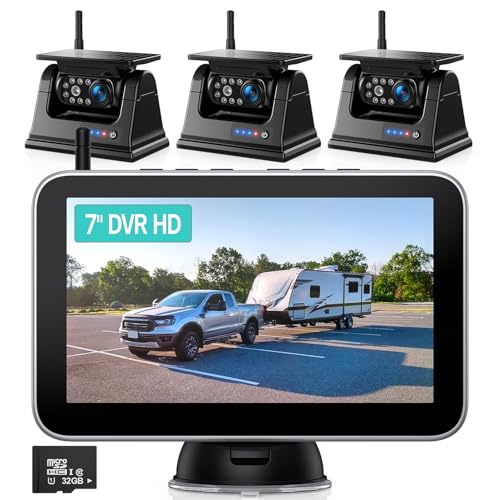I thought I'd weigh in with some general info based upon my experience. First, regarding framing - my trailer, a Carry on brand I bought used, has a 2x4 boxed main frame and tongue, with 2'' angle floor supports. The walls are z bar but the roof framing is 1 x 1 1/4 rectangle tubing. There is a length of angle running the length of the sides at the top tying it all together. When I first bought it it only had 1/8'' luan paneling inside and you could see the walls flex while driving down the road looking in the mirror. I used 1/4'' quality paneling screwed 16'' on center on the walls and that stopped all of the wall flex - kind of like shear panelling a house for those of you with construction experience. The original rating was 2880 lbs - mainly for registration reasons in some states. It has a 3500 lb spring axle. Having put well over 12,000 mile on it now, including many miles of very rough roads, I feel confident that the framing is good enough. I was worried about the z bar at first, but now I appreciate the weight savings.
As for axles, I remember the whole torsion axle debate taking place over on Expedition Portal. It seems there were a few failures, and they all were traced back to heat build up. They all occurred after many miles of high speed wash board road with a trailer loaded to close to max GVWR. I don't recall any that occurred when someone just took the occasional rough road at reasonable speed. This makes sense as Torsion axles use rubber for springs and heat is the enemy of rubber, whether in your tires, bushings, or trailer springs. I believe Schutt Industries makes their off road trailers with torsion axles and they also make them for the military. Torsion axles can also be had with a higher "start" angle for more clearance, but they can't be "flipped' like a spring axle after you've bought the trailer. Spring axles actually shouldn't be flipped due to the camber built into them, but rather a new spring perch should be welded to the top of the axle and then the axle bolted to the bottom of the spring pack. Also, this should never be done with a factory dropped axle due to the stresses put on the drop brackets.
I agree with HDR, that you should order heavier axles than what you need, while keeping the spring rates just slightly higher than what you're actual GVW is. This is why I plan to upgrade my axle. As stated above, my axle is a 3500 LB axle, and when my trailer is fully loaded with water, food, supplies, and my KLR motorcycle, it is right at 3500 lbs - 3480 last time I ran it across a scale. This is with a trailer that started at 980 LBs empty before conversion. I toyed with converting it to tandem axle but with only a 12' length and a 3' side door I couldn't get them positioned in the correct place. I did this before on a 7x14 and the difference in the way it towed was night and day. My 6x12 actually tows pretty well so I'll stick with single axle. I'm going with a 6000 lb axle eventually, with 8 lug brakes so I can run the same wheels as my truck. I'll use springs with a combined capacity of somewhere between 4500 and 5200 LBs.













































































